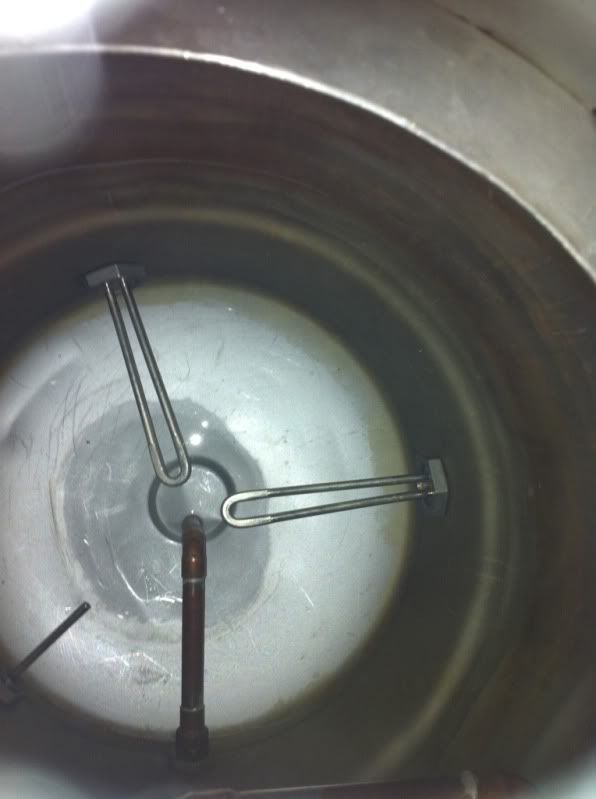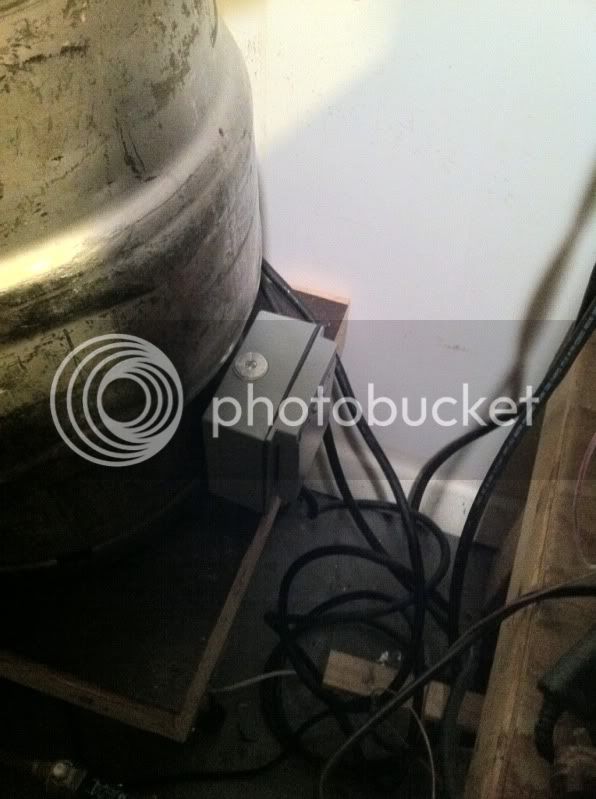another problem with propane indoors is that, unlike natural gas, propane is heavier than air and will pool in a low space if there is a leak. This is why basements and propane are scary. If I was going to brew in an outdoor shed, I'd run a hard plumbed line (with interior shutoff where it enters the building, that you actually shut off when not actively using) through the wall and use/store the tank outside. This way, If the tank leaks, it's leaking outside and no harm no foul to the building.
Firemen REALLY don't want to go near a building that has a propane tank (bomb) in it if there's a problem (like a fire you want them to put out.)
With proper ventilation, forced air out and correctly placed intake and my tank outside, I'd be FINE using a propane stove inside to brew.
BSD
Firemen REALLY don't want to go near a building that has a propane tank (bomb) in it if there's a problem (like a fire you want them to put out.)
With proper ventilation, forced air out and correctly placed intake and my tank outside, I'd be FINE using a propane stove inside to brew.
BSD




























![Craft A Brew - Safale S-04 Dry Yeast - Fermentis - English Ale Dry Yeast - For English and American Ales and Hard Apple Ciders - Ingredients for Home Brewing - Beer Making Supplies - [1 Pack]](https://m.media-amazon.com/images/I/41fVGNh6JfL._SL500_.jpg)
































